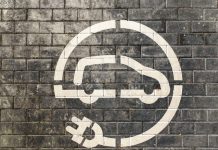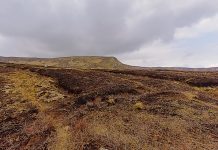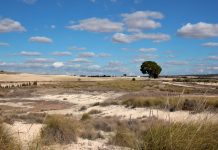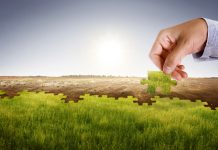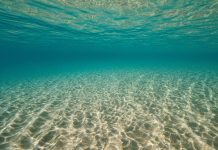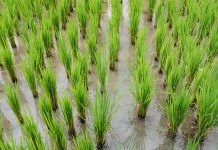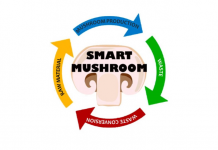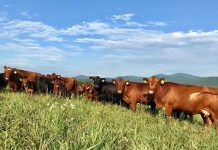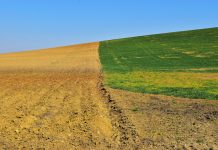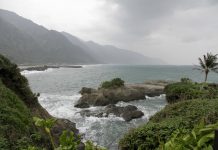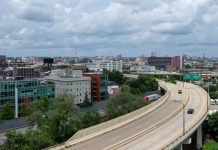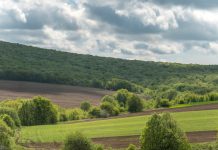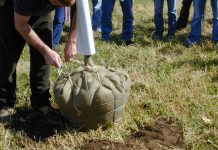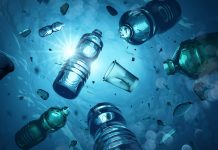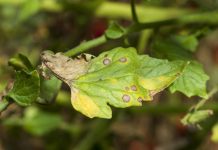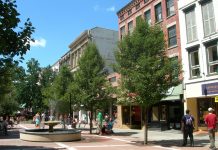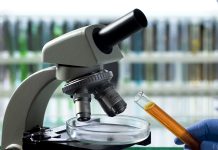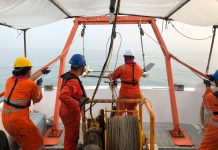Open Access Government produces compelling and informative news, publications, eBooks, and academic research articles for the public and private sector looking at health, diseases & conditions, workplace, research & innovation, digital transformation, government policy, environment, agriculture, energy, transport and more.
All electric vehicles by 2030
Wilke Reints looks at how electric vehicles can be implemented before 2030 – especially when it comes to infrastructural necessities.
Peatlands regulate the water cycle in our landscapes
Bernd Lennartz, Haojie Liu and Franziska Tanneberger further discuss peatlands and the water cycle within outr landscapes.
EMME-CARE Project
EMME-CARE Project: INAR partners to establish an atmosphere and climate Center of Excellence in the Eastern Mediterranean and Middle East (EMME) region.
GERICS helps decision-makers navigate the IPCC reports
GERICS explains the basics of the Intergovernmental Panel on Climate Change (IPCC) process in detail with their information leaflets.
Agricultural short-term usage leads to peatland degradation with millennia-lasting consequences!
Bernd Lennartz, Haojie Liu and Franziska Tanneberger from the University of Rostock and the Greifswald Mire Centre report on the long-lasting effects of peatland drainage.
Underwater sonar technology for exploration and surveying
Global Aqua Survey Co., Ltd. discuss their use of sonar technology for expert underwater surveying in the waters of Taiwan
Global Aqua Survey Co., Ltd....
Can Thai Hommali Rice survive climate change?
A new strain of climate-ready Thai Hommali Rice (THM) is hoping to save the world winning rice from extinction due to extreme changes in climate.
Smart Management of spent mushroom substrate to lead the MUSHROOM sector towards a circular...
The project aims to obtain a pelletized organic fertilizer from Spent Mushroom Substrate by implementing circular economy process.
Sustainable agroecosystems: Facilitating transition to a healthier environment, and healthier and more resilient agricultural...
Sustainable agroecosystems: Facilitating transition to a healthier environment, and a healthier and more resilient agricultural communities.
Sustainable agroecosystems: Agriculture needs to be the Foundation for a Sustainable Future
Richard Teague, from Rangeland, Wildlife and Fisheries Management, Texas A&M University discusses the importance of soil and agriculture.
Global Aqua Survey Ltd discuss marine engineering in Taiwan
Global Aqua Survey Ltd possess a full range of sonar equipment and are leading the way with Taiwan's marine engineering sector and offshore projects.
The environmental health lessons of COVID-19
The COVID-19 pandemic has provided a number of lessons regarding the critical impact of environmental pollution on human health.
LANDSUPPORT – Creating a GeoSpatial Decision Support System
LANDSUPPORT aims to help support sustainable agriculture and forestry, and evaluate land use, with the development of a GeoSpatial Decision Support System.
Transplanting: The final step towards successful urban tree establishment
Dr Nina Bassuk from the School of Integrative Plant Science discusses the importance of transplanting in urban tree establishment.
Asking the question: Are Microplastics a Macro Problem?
Pamela J. Lein, PhD, Professor at the University of California, Davis, discusses the issue around microplastics and what we actually know.
Late blight: not an isolated disease but part of a bigger complex
Discussing late blight, Dr Didier Andrivon of INRA asks: is it the top (or bottom) of a much larger, re-emerging parasitic complex ?
The need for urban trees – Can trees save our cities?
What is the place of urban trees in modern cities? Dr Nina Bassuk from the School of Integrative Plant Science discusses their importance.
Global Aqua Survey Ltd assist with offshore wind power construction
Making waves with offshore wind power in Taiwan, Global Aqua Survey Ltd discuss their involvement in the construction project which is fast taking shape.
Health and environmental risks of the near future
Alberto Mantovani discusses emerging health and environmental risks we are now facing, with a focus on toxicological risk assessment.
Unexploded Ordnance (UXO) survey in offshore wind farm development
Dr Gwoshyh Song of Global Aqua Survey Ltd discusses the challenges of clearing unexploded ordnance ahead of offshore wind farm developments.

